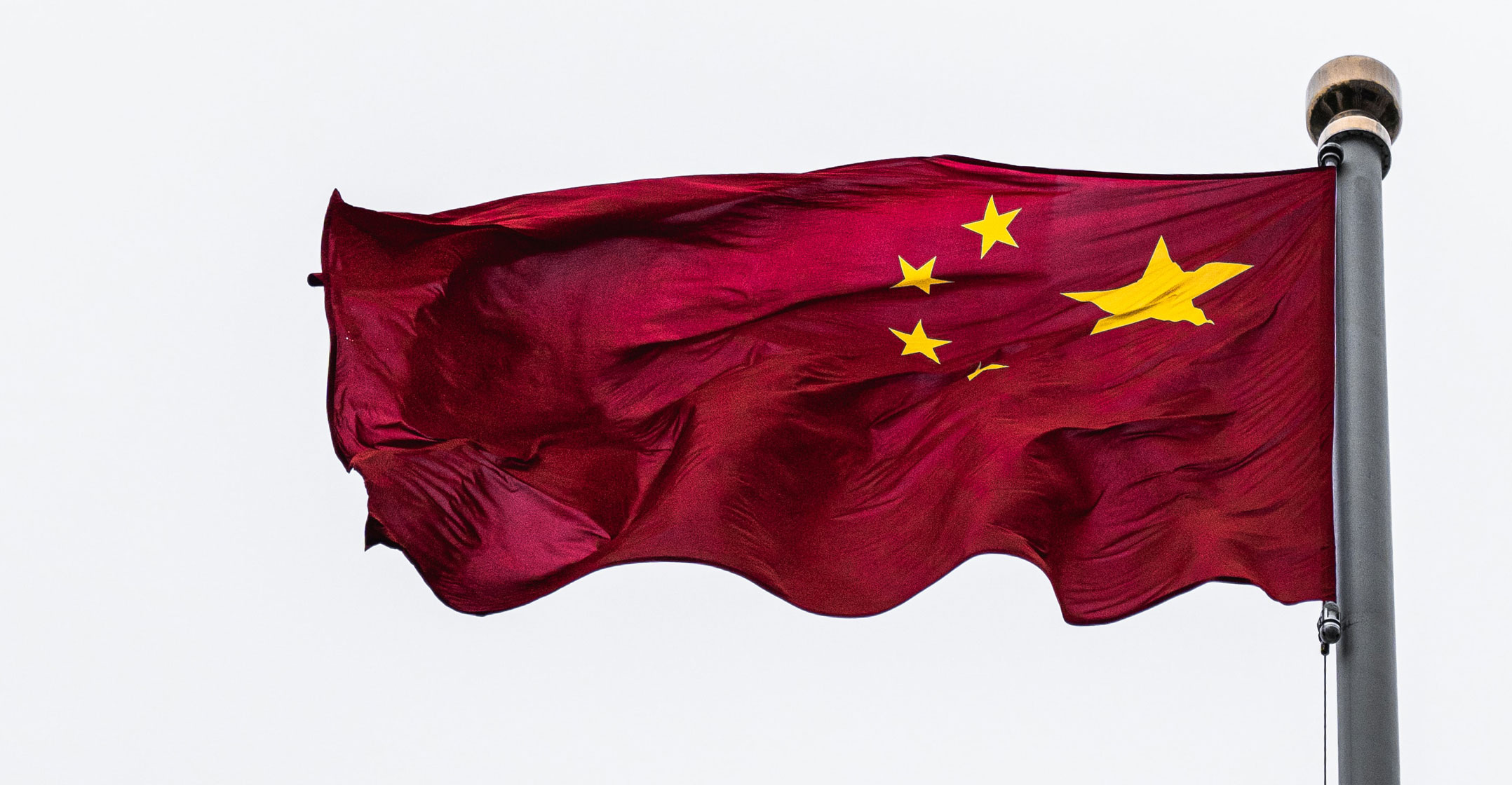
China has pledged to boost spending and drive research into cutting-edge chips and artificial intelligence in its latest five-year targets, laying out a technological blueprint to vie for global influence with the US.
Chinese Premier Li Keqiang singled out key areas in which to achieve “major breakthroughs in core technologies”, including high-end semiconductors, operating systems, computer processors and cloud computing — areas in which American firms now hold sway. Beijing will also aim to get 56% of the country on faster 5G networks. Nationwide R&D spending will increase by more than 7% annually, which “is expected to account for a higher percentage of GDP” than during the previous five years, he added.
China is moving quickly to cut its dependence on the West for crucial components like computer chips, an issue that became more urgent after a global shortage of semiconductors worsened during the pandemic. Beijing is also making big bets on emerging technologies from hydrogen vehicles to biotech while looking to ensure its own chip makers can compete with the likes of Intel and Taiwan Semiconductor Manufacturing Co. That encompasses a new emphasis on silicon design software and so-called third-generation chip making — two areas critical to Beijing’s drive to achieve technology self-sufficiency.
“Innovation remains at the heart of China’s modernisation drive,” Li said in an address to the National People’s Congress in Beijing on Friday. “We will strengthen our science and technology to provide strategic support for China’s development.”
Li’s speech punctuated goals enumerated in China’s 14th five-year plan, also released Friday, which prioritised advances in younger spheres such as quantum computing, neural networks and DNA banks. The document enshrines a multi-layered strategy both pragmatic and ambitious in scope, embracing aspirations to replace pivotal US suppliers and fend off Washington, while moulding homegrown champions in emergent fields.
At stake
At stake is nothing less than the future of the world’s second largest economy. Beijing is moving swiftly while the Biden administration escalates a battle against what it called “techno-autocracies”. That could extend or even expand blacklistings that banned key transactions with corporations from Huawei Technologies to ByteDance and Tencent Holdings.
To a country that imports US$300-billion of chips annually, a worsening global shortage drives home the risk of relying on potentially hostile suppliers for the building blocks of everything from AI to next-generation networks and autonomous vehicles. Friday’s report formalised China’s ambitions to develop its own software for semiconductor design — supplanting tools from American firms Cadence and Synopsys.
It also pledged to develop its own advanced chip manufacturing technologies and key materials that comprise third-generation chips. The country aims to secure first-mover advantage in that nascent arena, involving compounds such as silicon carbide and gallium nitride and chips can operate at high frequency and in higher power and temperature environments, with broad applications in 5G radio frequency chips, military-grade radar and electric vehicles.

While specifics of that endeavour won’t emerge for months, Friday’s documents provided important clues about the envisioned road map. That includes building more national laboratories and innovation centres, as well as ramping up efforts to implement a little-heard-of programme called the Sci-Tech Innovation 2030 Agenda.
Open sharing of data will be key, according to the report. Beijing is establishing a platform for sharing public and government data, while simultaneously crafting policies to ensure the security of that information.
“Basic research is the wellspring of scientific and technological innovation,” Li said. “So we will ensure the stable functioning of funding mechanism for basic research and boost spending in this area by a considerable sum.” — (c) 2021 Bloomberg LP

